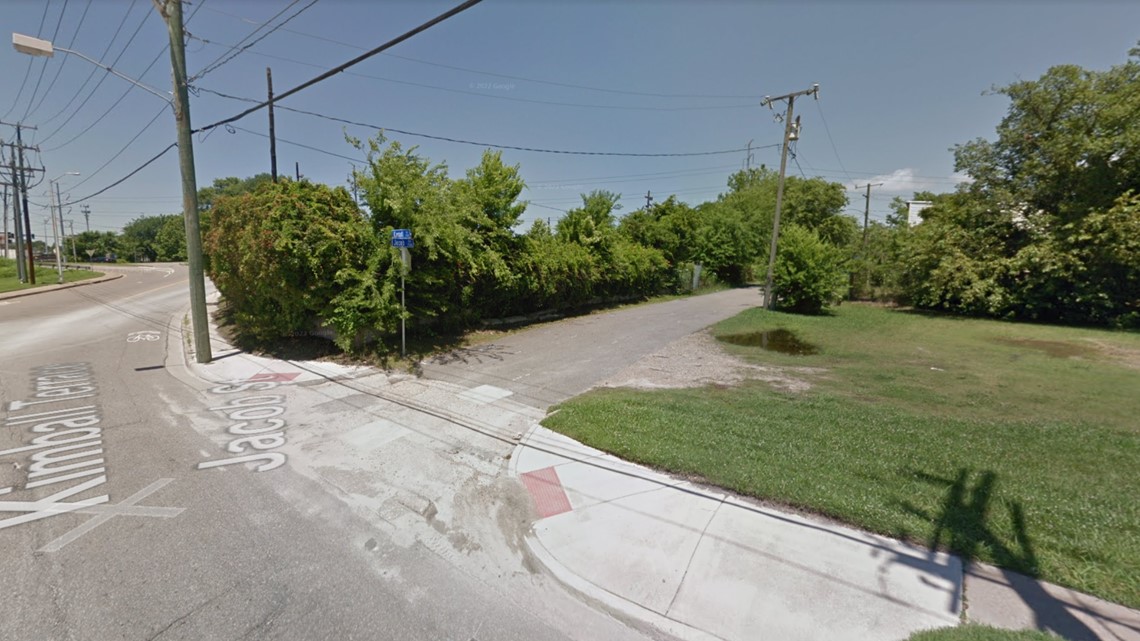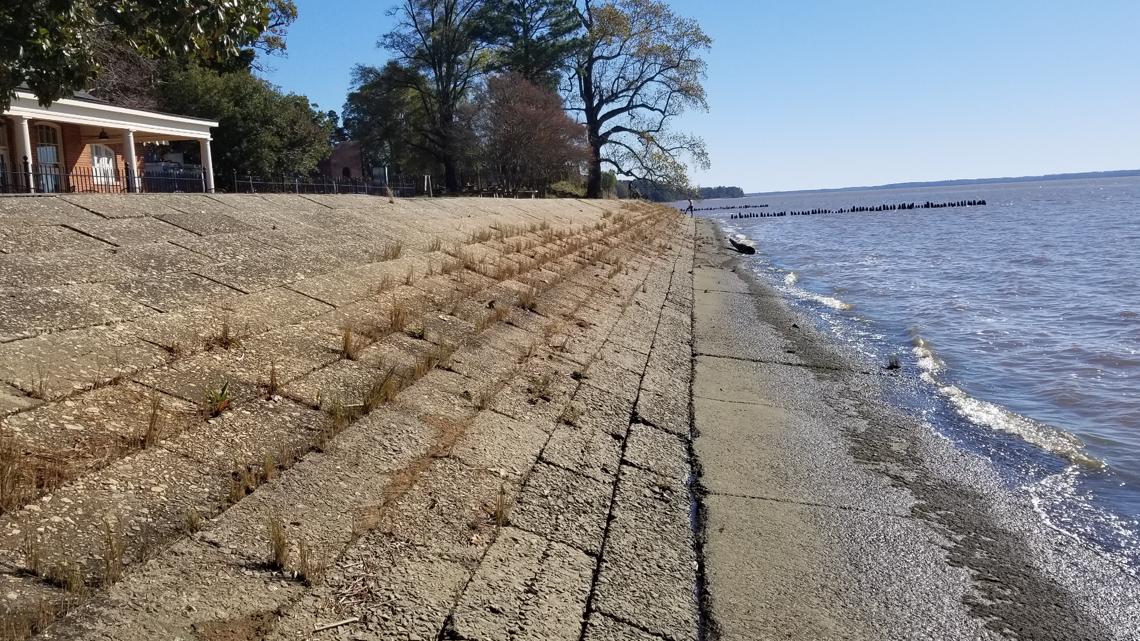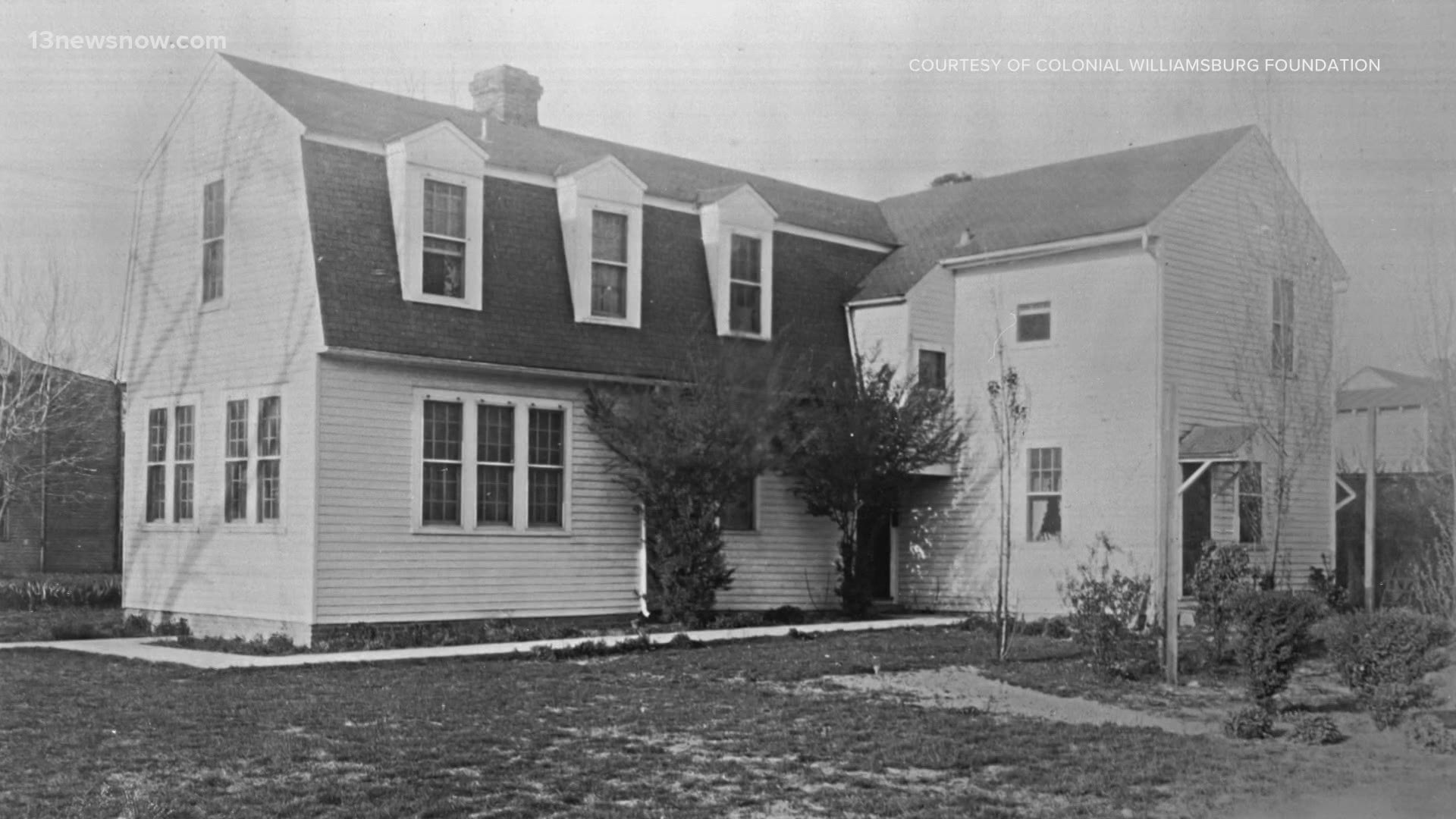NORFOLK, Va. — Author's note: The video above is on file from a separate historical story that aired on a school in Williamsburg on February 21, 2022.
The month of May is National Historic Preservation Month, and a statewide organization is keeping track of historic sites across Virginia and the condition they're in.
Preservation Virginia has been around since 2000. Its mission is to encourage the public to preserve and protect places that are important to our history as a state and a nation.
Each year, they release a list of "Virginia’s Most Endangered Historic Places." Since the list began, 171 sites have been added.
For many of the sites that are endangered, threats can include climate change, development nearby that causes damage to structures or even neglect.
“Inclusion on the Virginia’s Most Endangered Historic Places list can have a profound influence on bringing organizations and individuals together to forward solutions and solve threats,” said Elizabeth S. Kostelny, CEO of Preservation Virginia in a statement.
“This year is no exception.”
Across our region, there are several historic places that are classified as "Still Endangered."
In Portsmouth, Mt. Calvary Cemetery Complex was newly listed as being endangered in 2021.


According to Preservation Virginia, it's one of the oldest African-American cemeteries in the city. It's comprised of four cemeteries: Potter’s Field, Mt. Olive, Fisher’s Hill and Mt. Calvary.
Anywhere from 8,000 to 15,000 people are buried here, and many of them were notable African American politicians, artists and members of the United States Colored Troops, who served in the Civil War.
The largest threats that currently face Mt. Calvary include poor drainage systems nearby and the increase of regional flooding. Many of the graves have also faced erosion difficulties.
A sound barrier is being constructed nearby by the Virginia Department of Transportation for I-264, and drainage for that project is a short-term problem.
In the Downtown Norfolk Historic District, there are several properties that are also being threatened by coastline flooding and erosion.
These properties are also in close proximity to the Elizabeth River. They were listed as endangered back in 2018.


In Hampton, Fort Wool was also listed in 2021.
The historic island fort spans 15 acres, according to Preservation Virginia. Construction for it began in 1819, and future Confederate general Robert E. Lee even helped out in the early 1830s. It was finally completed in 1945.
The fort was started under the presidency of James Madison, who wanted to create a coastal fortification plan in the aftermath of The War of 1812. The plan also included nearby Fort Monroe.


During the Civil War, Fort Wool was held by Union forces who entered into Norfolk to battle the Confederacy. President Abraham Lincoln even spent time working on military strategy and direction here.
Now, several hundred years later, the threat to Fort Wool isn't a military one. Parts of the structure are eroding and sinking while sea levels rise, and for many years maintenance was pushed to the side.
While construction continues on the nearby Hampton Roads Bridge-Tunnel, several types of nesting birds were relocated to Fort Wool in recent years by the Virginia Department of Wildlife Resources. This project allowed officials to see the fort's need for preservation help.
For almost 10 years now, the Rosenwald schools in Cape Charles have been listed as endangered.


The school system at large was built as part of a 20th-century initiative to educate African Americans across the South. There were 381 in total, Preservation Virginia says.
This specific Northampton school continues to be in need of critical repairs for preservation. It was officially listed in 2013.
In 2014, the James River Watershed in Williamsburg was listed as endangered. It's a part of the richly historic Jamestown Settlement. You can read more about the issues it faces in this in-depth 13News now report here.


In Surry County, there are several historic sites that have been listed since 2018 to potentially be threatened by the construction of the Mountain Valley and Atlantic Coast pipelines, Preservation Virginia says.



